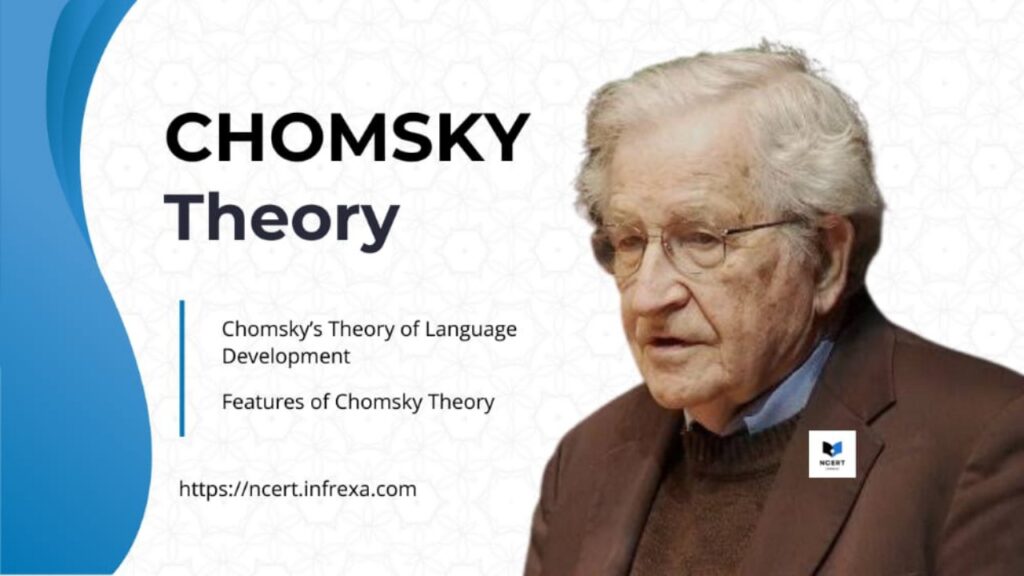Noam Chomsky, an American linguist and cognitive scientist, introduced a famous theory about how children learn language. Often called the father of modern language development, Chomsky suggested that the ability to learn language is something we’re born with. This idea is a big part of what’s known as psycho-linguistics.
Introduction
In 1959, Chomsky proposed that children are born with an innate ability to learn language, which he called the Language Acquisition Device (LAD). This ability is most active in the first five years of life. After this period, learning a new language becomes more difficult. The LAD is a part of our brain that we can’t see or remove; it’s a natural gift, like a special ability given to us.
Similarities with other theories
Chomsky’s theory is similar to other well-known ideas about child development. For example, Piaget’s Theory of Cognitive Development also focuses on how children naturally progress through different stages of learning as they grow. Just like Piaget described stages of thinking, Chomsky talked about a natural path for learning a language.
While Chomsky emphasized that the ability to learn language is innate, he also pointed out the importance of the environment. He believed that the environment helps children develop their language skills. This idea is similar to Vygotsky’s socio-cultural theory, which says that social interaction and culture are important for learning.
Features of Chomsky’s Theory
- Innate Ability: According to Chomsky, children develop the ability to learn language and grammar from childhood. This consensus is genetic and universal.
- Importance of Environment: Although children are born with the ability to learn language, Chomsky also highlighted that their environment plays a big role in how they develop language skills.
- Universal Grammar: Chomsky proposed that all languages share a common underlying structure called Universal Grammar. This is why children can quickly learn any language they are exposed to, as they use this innate grammar framework. This concept is a bit like Kohlberg’s Theory of Moral Development, which suggests that people go through universal stages of moral reasoning.
- Language Acquisition Device (LAD): According to Chomsky, the LAD is a part of the brain that helps children learn language. This ability is strongest in the early years, similar to how different developmental theories recognize critical periods for learning.
Language Acquisition
Chomsky identified two levels of language acquisition:
- Surface Structure: At this level, children learn the basic sounds and words of a language but might not fully grasp their meanings. For example, they might know the words “food” or “drink” but not understand their deeper significance.
- Deep Structure: At this level, children begin to understand the meanings behind words and can use them more effectively in communication. This reflects a more mature stage of language development.
Conclusion
Chomsky’s theory of language development provides a systematic explanation of how children acquire language, highlighting the interplay between innate abilities and environmental factors. His concept of the LAD underscores the significance of early childhood in language learning.




